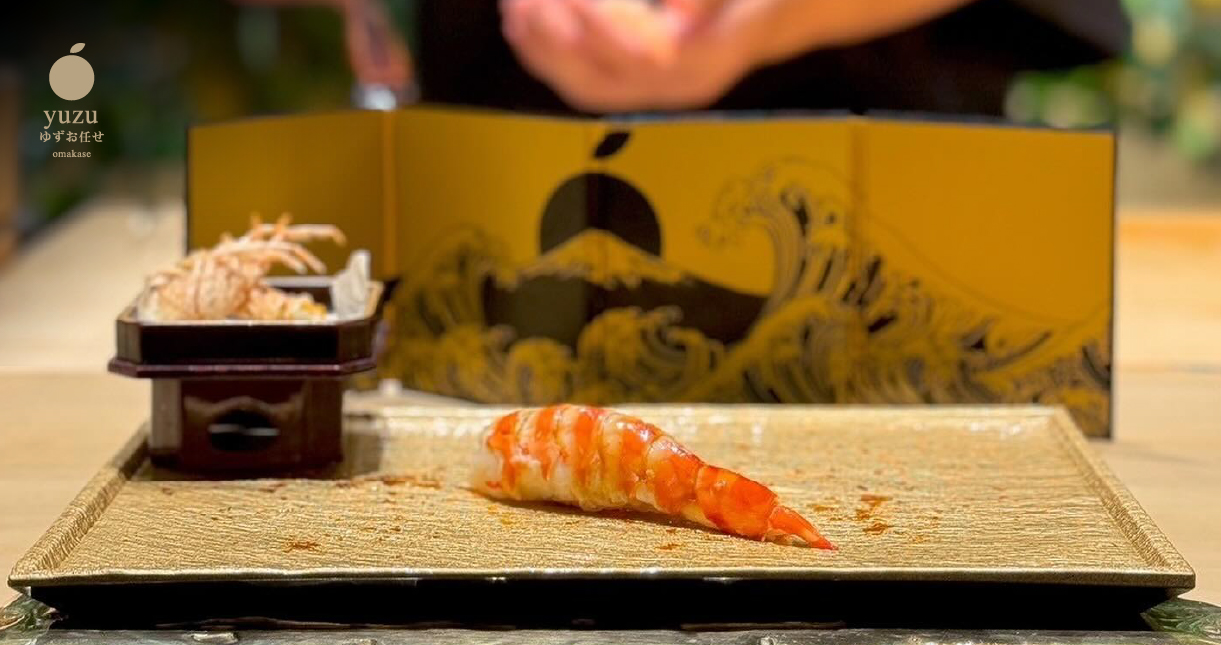
The Rise of Japanese Cuisine in Southeast Asia
Japanese cuisine, known for its delicate flavors, meticulous preparation, and emphasis on fresh ingredients, has seen a remarkable rise in popularity across Southeast Asia. From bustling cities to small towns, the influence of Japanese culinary traditions is evident in the growing number of sushi bars, ramen shops, and izakayas that dot the region. Thailand, in particular, has embraced Japanese cuisine with enthusiasm, making it one of the most popular and influential foreign cuisines in the country. This article explores the factors driving the rise of Japanese cuisine in Southeast Asia, with a special focus on Thailand, and how this trend has reshaped the culinary landscape.
The World ● 2024 Sep 5
The Rise of Japanese Cuisine in Southeast Asia
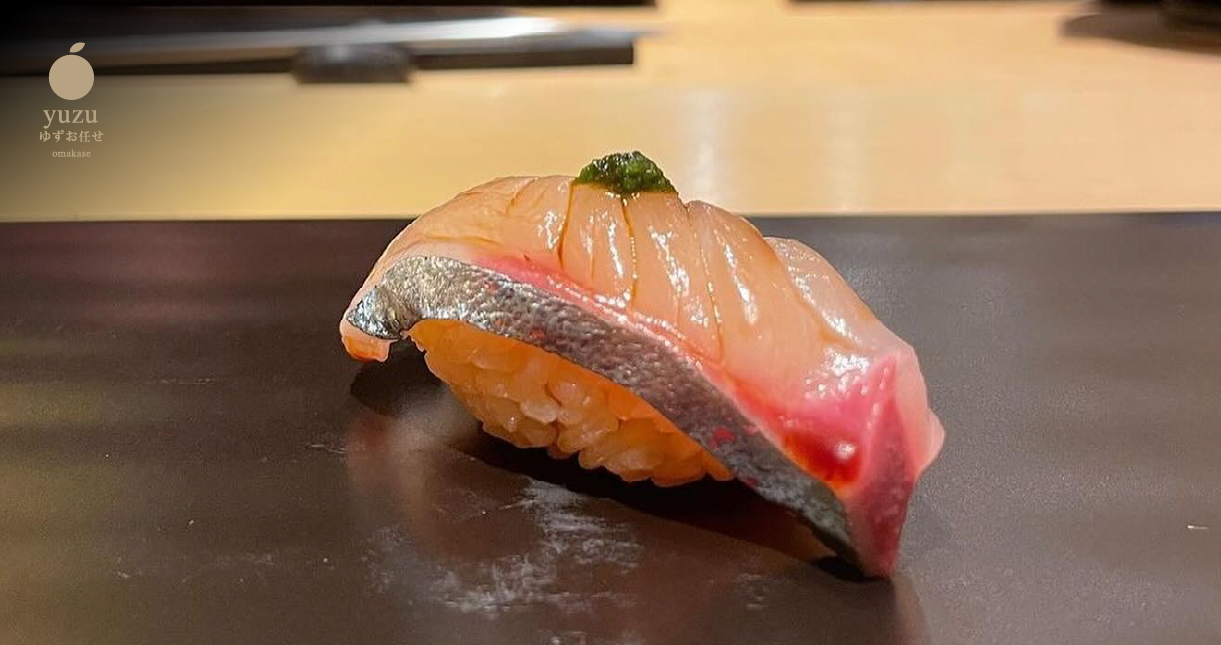
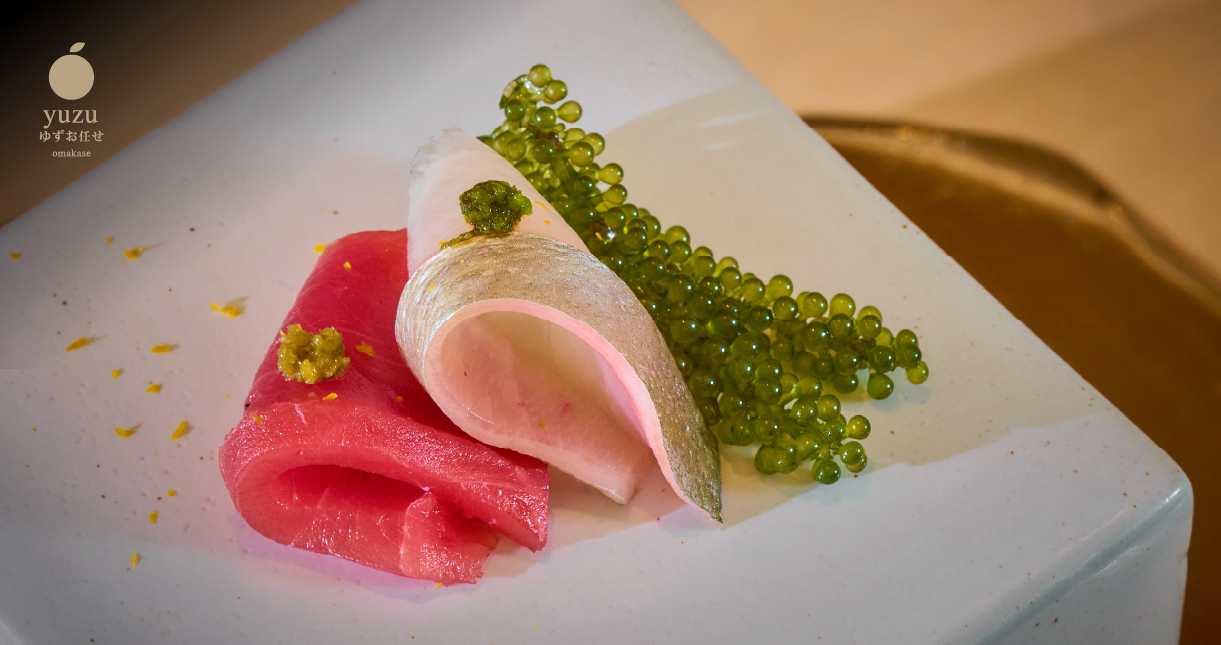
The Appeal of Japanese Cuisine
Emphasis on Freshness and Quality
One of the key reasons for the widespread popularity of Japanese cuisine in Southeast Asia is its emphasis on freshness and quality. Japanese dishes, particularly sushi and sashimi, highlight the natural flavors of fresh seafood and seasonal ingredients, which resonate with Southeast Asian palates that also value fresh, vibrant flavors.
Sushi and Sashimi
The pristine quality of raw fish, expertly prepared and presented in sushi and sashimi, has captivated food lovers in Thailand. Restaurants like Yuzu Omakase in Bangkok have elevated this dining experience, offering meticulously crafted omakase menus that showcase the best of Japanese culinary tradition.
Fresh Ingredients
The focus on fresh, high-quality ingredients appeals to health-conscious consumers who appreciate the nutritional benefits of Japanese cuisine. The use of fresh vegetables, lean proteins, and minimal processing aligns with the growing trend toward healthy eating in the region.
Variety and Versatility
Japanese cuisine offers a wide variety of dishes, from the simplicity of sushi and sashimi to the hearty comfort of ramen and the intricate flavors of kaiseki. This versatility has made it accessible and appealing to a broad audience in Southeast Asia, catering to diverse tastes and dining preferences.
Ramen
The ramen boom in Southeast Asia is a testament to the adaptability of Japanese cuisine. With its rich broths and customizable toppings, ramen has become a favorite among locals and expatriates alike. In Thailand, ramen shops have become ubiquitous, offering everything from traditional tonkotsu to spicy miso varieties.
Izakaya Culture
The izakaya, a Japanese-style pub, has also found a welcoming audience in Southeast Asia. These casual dining spots offer a wide range of small plates, perfect for sharing, and have become popular venues for socializing and after-work gatherings.
Aesthetic and Presentation
The visual appeal of Japanese cuisine, with its attention to detail and elegant presentation, has also contributed to its popularity. In a region where food is often shared and enjoyed communally, the aesthetic of Japanese dishes adds to the overall dining experience, making it both a feast for the eyes and the palate.
Plating and Presentation
The artistry involved in plating sushi, arranging bento boxes, and preparing kaiseki courses is highly appreciated in Southeast Asia. The emphasis on color, balance, and visual harmony resonates with the local appreciation for beautifully presented food.
Cultural Influence
The cultural aspect of Japanese dining, including rituals like the tea ceremony and the respectful, serene atmosphere of traditional Japanese restaurants, has also influenced dining trends in Southeast Asia, encouraging a more mindful and appreciative approach to eating.
The Influence of Japanese Cuisine in Thailand
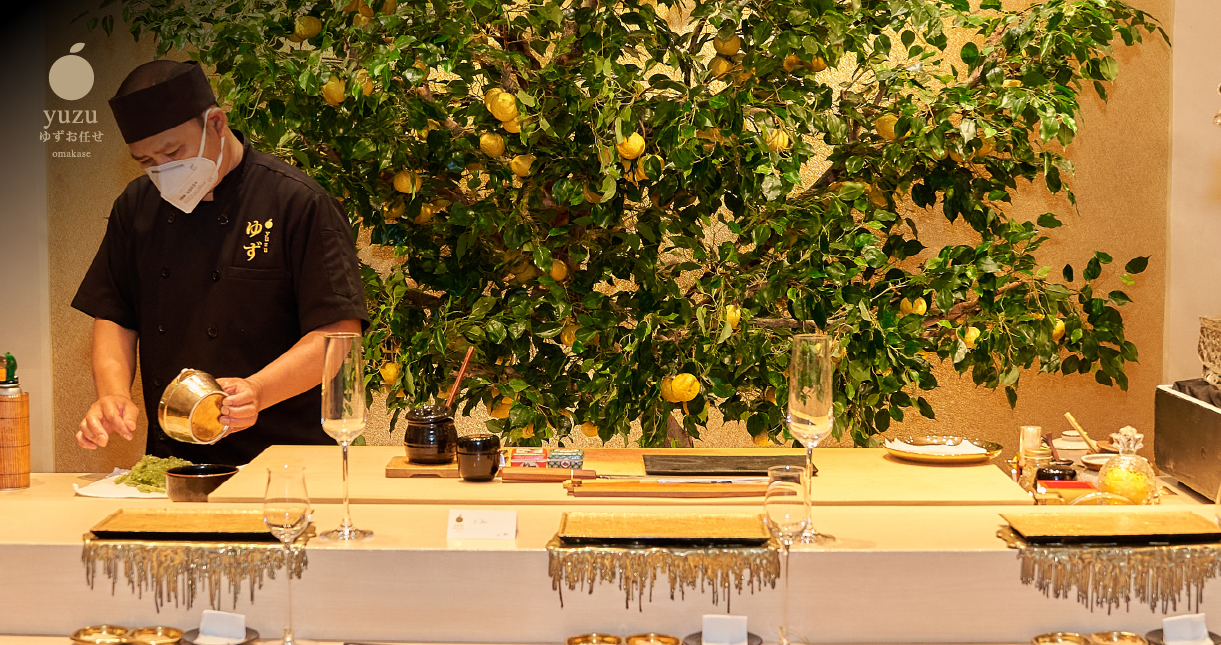
A Thriving Market
Thailand has emerged as one of the leading markets for Japanese cuisine in Southeast Asia. The country boasts a large number of Japanese restaurants, ranging from high-end omakase establishments to casual sushi chains and ramen shops. This proliferation reflects the deep-rooted appreciation for Japanese food among Thai consumers.
Bangkok’s Japanese Dining Scene
Bangkok, in particular, has become a hotspot for Japanese cuisine. The city is home to a diverse array of Japanese restaurants, including prestigious establishments like Yuzu Omakase, which offers an authentic omakase experience. These restaurants attract both locals and tourists, contributing to the city’s reputation as a culinary destination.
Japanese Supermarkets and Specialty Stores
The influence of Japanese cuisine extends beyond restaurants. Japanese supermarkets and specialty stores have become increasingly popular in Thailand, offering a wide range of ingredients, snacks, and beverages that allow consumers to enjoy Japanese flavors at home.
Cultural Exchange and Culinary Innovation
The popularity of Japanese cuisine in Thailand is also fueled by cultural exchange and culinary innovation. Thai chefs and restaurateurs have embraced Japanese techniques and ingredients, creating fusion dishes that blend the best of both culinary traditions. This cross-cultural experimentation has led to the creation of unique, locally inspired Japanese dishes that resonate with Thai diners.
Fusion Cuisine
Dishes that combine Japanese and Thai flavors, such as sushi rolls with spicy Thai sauces or ramen with a tom yum twist, have become popular in Thailand. This fusion approach reflects the adaptability of Japanese cuisine and its ability to integrate with local tastes.
Culinary Education
The growing interest in Japanese cuisine has also spurred a rise in culinary education, with more Thai chefs training in Japanese culinary techniques. This has led to a higher standard of Japanese food being offered in local restaurants, further solidifying its place in Thailand’s culinary landscape.
The Role of Media and Pop Culture
Japanese culture, including its cuisine, has been widely popularized in Thailand through media and pop culture. Japanese anime, dramas, and music have garnered a large following, which in turn has increased interest in Japanese food. This cultural affinity has made Japanese cuisine more approachable and desirable to Thai consumers.
Food in Japanese Media
The portrayal of food in Japanese anime and dramas often emphasizes the care and attention to detail in cooking, making Japanese cuisine appear both desirable and attainable. This has inspired many Thai viewers to seek out and try Japanese dishes.
Pop Culture Influence
The influence of Japanese pop culture in Thailand, including fashion, music, and entertainment, has also extended to food. The popularity of Japanese cuisine is often tied to a broader appreciation of Japanese culture, making it a trendy and fashionable choice among young Thais.
The Future of Japanese Cuisine in Southeast Asia
Continued Growth and Innovation
As Japanese cuisine continues to grow in popularity across Southeast Asia, it is likely to evolve further, incorporating more local ingredients and flavors. The trend toward sustainability and health-conscious eating is also expected to influence the future of Japanese dining in the region, with an emphasis on sustainable sourcing, plant-based options, and nutrient-rich dishes.
Sustainable Sushi
As awareness of environmental issues grows, there is a growing demand for sustainably sourced seafood. This trend is expected to shape the future of sushi in Southeast Asia, with more restaurants offering sustainable options that cater to eco-conscious diners.
Plant-Based Japanese Cuisine
The rise of plant-based diets has also influenced Japanese cuisine, with more vegetarian and vegan options becoming available. In Thailand, this trend is gaining momentum, with innovative plant-based Japanese dishes being introduced to meet the demands of health-conscious consumers.
Expanding Influence Beyond Major Cities
While Japanese cuisine has already established a strong presence in major cities like Bangkok, its influence is expected to expand to smaller towns and rural areas in Southeast Asia. As more consumers become exposed to Japanese food through travel, media, and cultural exchange, the demand for authentic Japanese cuisine is likely to grow, leading to the opening of more Japanese restaurants in diverse locations.
Regional Expansion
The expansion of Japanese cuisine into smaller towns and regions across Southeast Asia reflects its widespread appeal. This growth is expected to bring more diversity and accessibility to Japanese dining, allowing more people to experience the unique flavors and techniques of Japanese cooking.
Conclusion
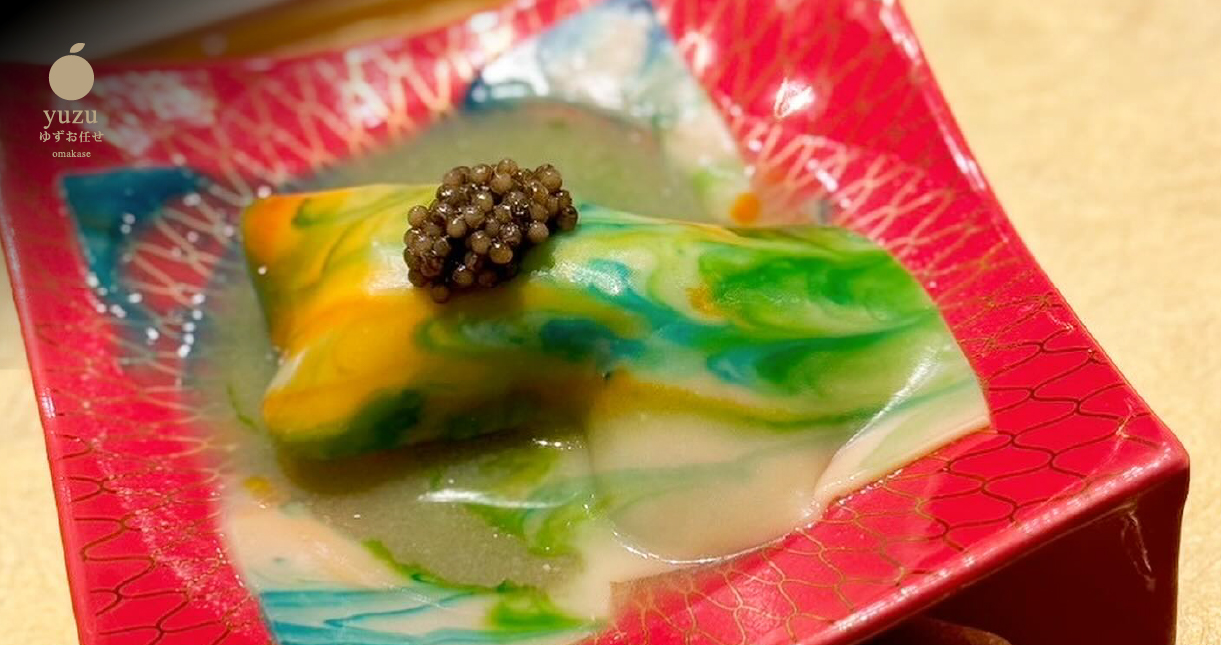
The rise of Japanese cuisine in Southeast Asia, particularly in Thailand, is a testament to its universal appeal, versatility, and ability to adapt to local tastes. With its emphasis on freshness, quality, and aesthetic presentation, Japanese cuisine has become a staple in the region’s culinary landscape. As the influence of Japanese food continues to grow, it is poised to inspire new culinary trends and innovations, further solidifying its place as one of the most beloved and influential cuisines in Southeast Asia. Whether you’re enjoying an omakase experience at Yuzu Omakase or savoring a bowl of ramen at a local shop, Japanese cuisine offers a rich and varied dining experience that resonates with food lovers across the region.

RELATE







